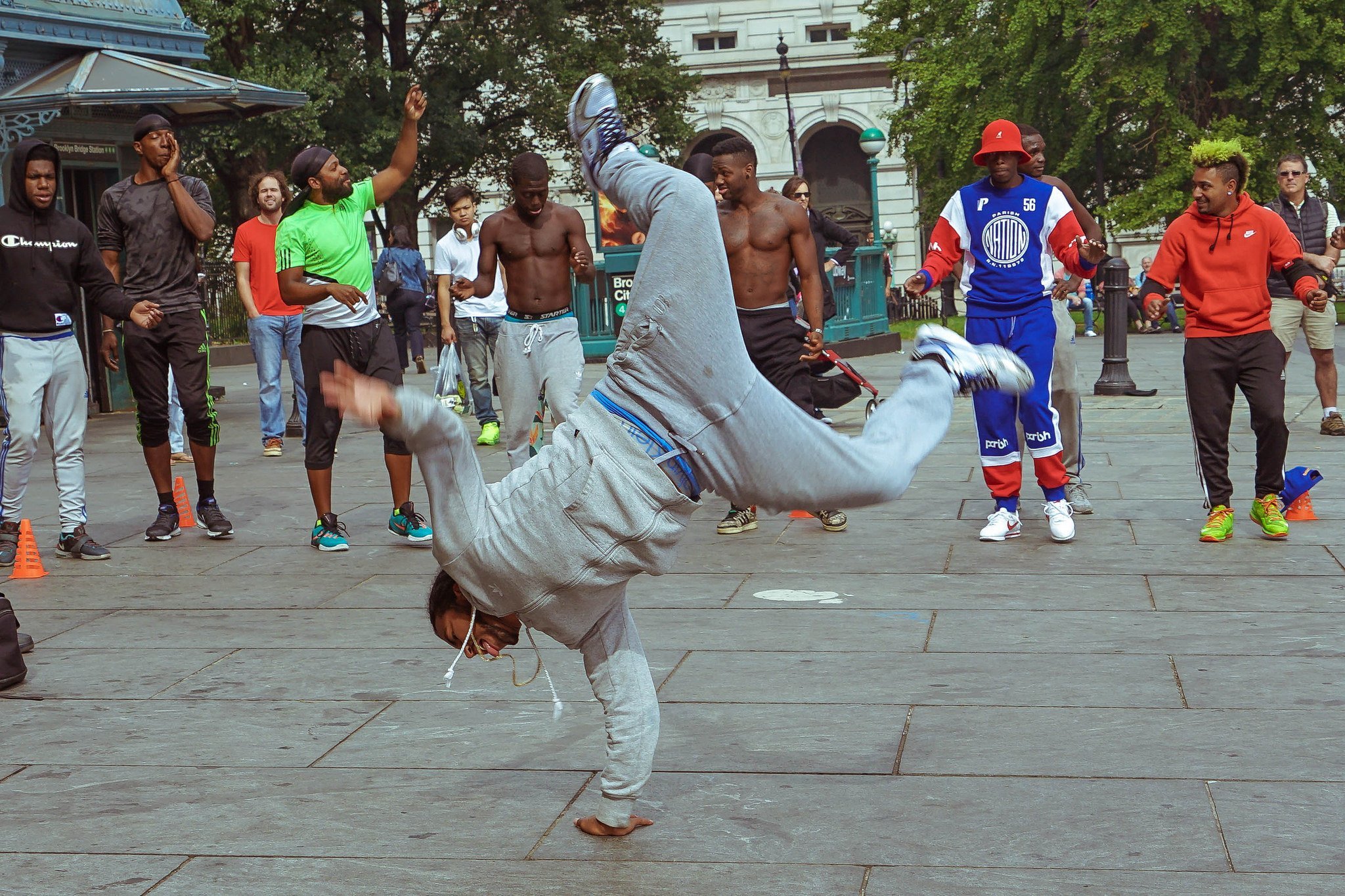Need character design ideas? Start by building the perfect reference sheet
This is part 3 of a 3-part series on designing characters
- Part 1 – Character design tips for better concept art
- Part 2 – How to write an outline for your character
- Part 3 [You Are Here] – Building the perfect reference library
Many – if not all – the artists I’ve worked with have their own reference library for creating character designs.
You almost never see the influence this has on their final work, but one thing’s for sure – this private stash of images is there for them to turn to whenever they want.
So, have you already started building your own reference library?
If not, don’t worry! Not only can you start right now, the tools you have at your disposal to build these quickly and easily have never been better.

Cloud storage software such as Dropbox is an ideal place to store images for your reference sheet
Character Design Ideas #1 – Software for Building Your Reference Library
When saving your images for character design ideas, you can either:
- Save your images in the ‘cloud’ ( a backup and storage service on the internet), or…
- Save them directly onto your computer’s hard drive.
It’s entirely up to you!
The one big advantage of saving your images to the cloud is this: If your hard drive should ever just suddenly die on you, you’ll still have all your images ready to go – phew!
But there’s also another benefit to having your work saved in the cloud which I’m pretty sure you’ll love:
It’s really easy to share your library with other artists. So, if you’re working on a collaboration, you can click a few buttons…and boom! The other person will see everything you can see.
We’ve talked about collaborations many times on the PK Podcast, because we think this is a really important part of developing as an artist.
Here are some other ways to gather your character design ideas and create an awesome reference sheet:
Pinterest – Here’s a video which shows you how to use Pinterest to create a reference library for yourself:
Evernote – This is like a personal organizer, where anything you work on inside this software is saved to the cloud which can then be accessed from your phone or any other device.
Personally, I like to use this all the time for collecting images, as well as for writing. It’s good to know my work is always saved instantly, so even if the software crashes, everything is saved. It also has the added benefit of keeping my desktop clean.
Dropbox & Google Drive – I lumped these two software programs together because they are very similar. Both of them let you save something to a special folder on your hard drive and have it instantly mirrored onto the internet.
The advantage to this is you always know your work is going to be saved in the event of a potentially disastrous hard drive failure (and, believe me, I’ve had my fair share of those!)

Break dancers at Brooklyn Bridge, photographed by Jeffrey Zeldman. Photos of figures in motion are a great addition to your reference sheet.
So what should you put in your reference library?
This is a great question…
Basically, your library of character design ideas will be highly specific to what you want to do.
You know how everyone has their own favorite books on their shelves? It’s very much like that.
However, there are some common elements you can use to help you get started. In fact, you should probably include these in any reference library you create…
Inspirational Images – These are images that speak to you. Whenever you see an image you really enjoy, it’s a good idea to save it for later. This way, you can study it and really think about why you like this image so much.
Look at images like this as being clues. They’ll help you discover your own personal style and voice as an artist.
Posed Figures – These are always good to have on hand, and you can create sub-categories for each different pose. So, next time you’re looking for a specific pose to draw, you’ll know exactly where to go and get it from!
Effects – Effects like snow, fire, rain, smoke and explosions are extremely handy to have on hand. In fact, they’re often one of the defining elements that bring a whole piece of work together.
Style Images – You never know when you might need (or want) to create work in a different style other than your own. And, when you have a whole collection of quality ‘style’ images on hand, it’s easy to go through them to find what you are looking for and want to create.
Within this folder, you may also want to have sub-folders for your favorite artists, so you can collect their work and use it as reference.
Vehicles (Cars, Planes, Trucks, Boats etc) – This is pretty self explanatory, but you don’t have to stop with just contemporary vehicles.
You can also include concepts for spaceships, alien vehicles, or even ancient vehicles. There’s really no limit here. The important thing to keep in mind is what you find inspiring, and what you think will be useful for you at a later date.
Figures (Posed, in motion, costumes, expressions etc) – There is so much to be gained from photographs of characters that can inspire, inform and guide your work.
Sketches – I personally like looking at the sketches of other artists, because this is usually the starting point for any good work. Looking at what others have done inspires me and pushes me to take risks. It also encourages me to explore places with my own sketches that I wouldn’t naturally go.
Environments – When you are designing a character, it’s a great starting point to know what kind of environment your character will be part of. Save your buildings and other inspiring environment images in here.
Animals – This reference is good for not only drawing animals, but also for using animals as a reference for designing completely new things.
Landscapes – Great for including in your images, serving as a basis for creating a larger work, or inspiring new creations.
Composition – There are many examples of amazing compositions in both paintings and photography. Here’s where you can save those images that really speak to you because of their composition for later study.
Lighting – The next time you really want to add dramatic lighting to your work, why not have a library of great lighting examples ready to go?
We can learn a lot from black and white photography, but your lighting library doesn’t have to stop there. Whenever you see an image where you feel moved by the lighting, you can save it in here as well.
Textures & Patterns – Textures have all kinds of different creative uses, so it’s really up to you how you want to incorporate them into your images.
A texture overlay on something could make all the difference between it looking completely boring, to suddenly popping out of your painting with lots of visual detail.
Eras/Time Periods – Looking at different time periods can help you build a believability into the images you create by exploring what has been created in the past.
Older images are often rich with amazing textures and details that you don’t see as much of today because of machine manufacturing. Therefore, they’re perfect when you’re looking for character design ideas!
Building & Using a Reference Sheet for a Specific Project
When you have a specific project you’re working on, it’s really handy to have a reference sheet on hand of lots of smaller images collected into one single larger image.
This way, you can refer back to just one image and see everything you need for reference…instead of having to hunt through your entire reference library.
To do this, you’ll need to comb through your image library and start copying and pasting those images into a single sheet so you can easily refer to it.
If your personal library isn’t quite giving you what you need, then it’s time to start hunting for more relevant images you can add specifically to your reference sheet.
Your reference sheet can include anything that’s relevant to your project.
For example, you may want to include clothing samples for a character, a lighting example that matches the mood you are going for, and some style examples for the particular style you want to work with.
All these images are relevant to what you want to create, and you should have them ready and accessible for you while you are in the creative process.
There are a few ways you can use your reference sheet once you have created them:
- Print off your reference sheet (or sheets if you have multiple) and hang them around in your work area.
- Put your reference sheet open on your computer while you are working so you can refer to it as much as you want. This is great if you have a second monitor and you can leave your reference up there for easy access.
- If you have a tablet or phone you could use those devices to show your reference sheet and keep it handy while you are working.
That’s it for our guide to making a reference sheet for character design ideas.
From here, it’s up to you to decide what you want to create, and which kinds of sources you can use as references to inspire your final work!
Pencil Kings Member Extra
On October 12, we launched our Character Design Intensive Workshop….
Lots of our members registered for this, and they’re now taking the next steps to creating their character design concepts.
This is the second blog post to accompany the workshop, and we can’t wait to see how our artists learn to develop their ideas and take their character design skills to the next level.
Why not see how they’re making real progress with their art?
Members: Check out the Character Design Intensive in the Community
Not a Member of PK? Click here to learn more about Pencil Kings

Pinterest is pretty neat source for reference. But what I do is, I take my camera and go on a walk or ride in my hometown and try to find inspirations from real life things and I find this really really interesting 🙂
Hi Hamayon and thanks for getting in touch 🙂 You’re totally right- Pinterest etc is very useful, but you can’t beat getting out into the real world and taking inspiration from what you see there. Happy sketching 🙂